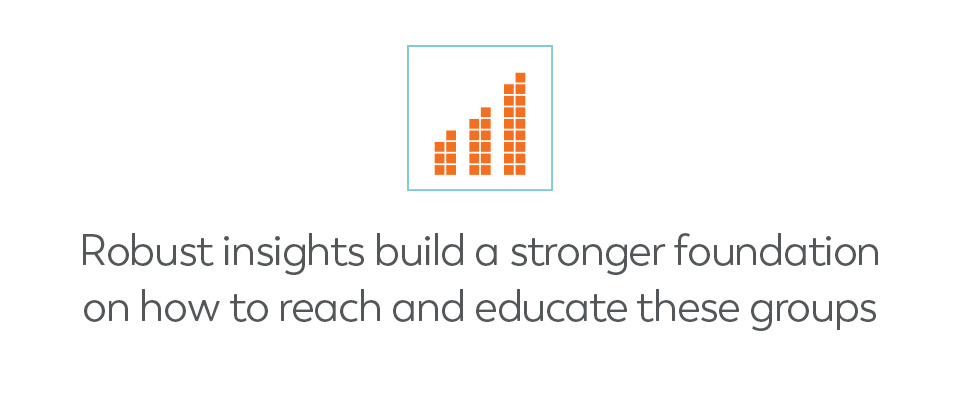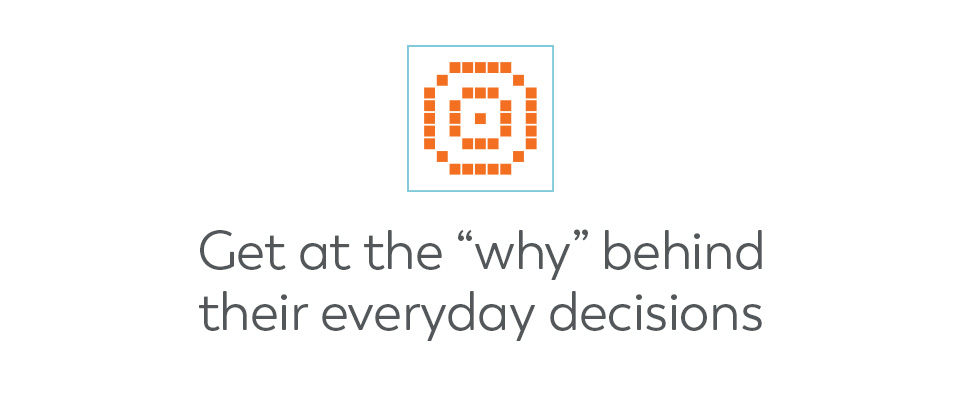Using Third-Party Data to Better Know Your Market
Rich third-party data can give senior care providers a closer, more personal look at their audience of prospective patients and family healthcare decision makers.
Senior care providers’ collection and utilization of data is greater now than ever. There’s no question it’s vital to have a robust way to manage your first-party data to better understand your patients, their disease states and outcomes, referral sources and community. The data you collect, however, might not ever give you the complete picture on its own. With limited demographic, psychographic and behavioral data, your analysis can only get so deep into understanding the “why” behind your audiences, and you may be missing unexplored opportunities that your local market(s) present that are outside of your current data’s reach altogether.
The community you serve is multi-faceted and dynamic. Gaining more comprehensive insights into the lives and minds of your market’s prospective patients and family healthcare decision makers is critical to supporting the most effective and productive marketing, business development and strategic planning efforts.

So how do you get this deeper perspective and gain insights that delve more into the “human” side of those in your market? Enter rich third-party data. The right third-party data sources can give you a more complete picture of your community, outside the context of their interaction with you, or even the healthcare system in general. If that sounds a bit nebulous, it might help to identify some of the specific things third-party consumer data can provide. Here are some examples:
- Personal values, motivations and psychological drivers
- Media consumption habits
- Health management behaviors, medical conditions and attitudes toward healthcare
- Daily routines and habits
- Consumer preferences
- Home and family details and current living arrangements
- Current life stages
- Interests and hobbies
- Most highly prioritized societal and charitable issues
- Political viewpoints
- Religious and spiritual beliefs
- Financial behaviors
- Technology use and preferences
- Web browsing habits
Attributes like these, and many more, can be cross-referenced against each other, along with more common demographic data and socio-economic factors. And it can all be geographically targeted to give you a much clearer perspective of those in your own market – revealing the many nuanced aspects that will influence how they interact with your agency and how your outreach can best resonate with them.
This data enables you to identify and get a detailed look at unique segments within your population. For instance, we know how significant a role religious/spiritual/cultural beliefs affect a patient and family’s attitudes toward end-of-life care. Imagine having a fine-grain understanding of those with differing beliefs so you can tailor your communications to them, rather than applying a one-size-fits-all approach. This could potentially empower you to better connect with sometimes disengaged groups so you can provide more equitable care to more individuals in your region.
 Or consider if you had a better understanding of those who say they don’t regularly visit their primary care doctor, say they wouldn’t consider hospice or who have healthcare hesitancy in general. What does the rest of their lives and personality look like, and how can that broader knowledge help you overcome their reservations? Having such robust insights into segments within your community gives you a clearer glimpse into their unique lives and builds a much stronger foundation to strategize on how to reach and educate these groups.
Or consider if you had a better understanding of those who say they don’t regularly visit their primary care doctor, say they wouldn’t consider hospice or who have healthcare hesitancy in general. What does the rest of their lives and personality look like, and how can that broader knowledge help you overcome their reservations? Having such robust insights into segments within your community gives you a clearer glimpse into their unique lives and builds a much stronger foundation to strategize on how to reach and educate these groups.
Choosing the right third-party data, paired with thoughtful interpretation and analysis, enables you to truly know the many unique audiences that comprise your market. And while there may have been a time when this depth of data was only accessible to large corporations, that’s no longer the case.
There is, of course, a catch. Not all data is created equal. While third-party data can be immensely valuable to senior care providers, it’s important to have an understanding of its quality and reliability. A major challenge is “dirty data,” which can be inaccurate and/or – to use a highly technical term – mishmashed carelessly from different sources. Choosing the wrong third-party data provider can be expensive, due to both the investment in the data and the bad decisions it leads to.
Many data platforms out there have little to no understanding of the origin of the data they broker. In contrast, the most reputable ones – including Transcend’s proprietary data partners – curate information directly in-house. For instance, by leveraging data that combines large-scale opt-in national surveys with online behavioral information, our data partners achieve high-quality data sets of thousands of personal attributes in an anonymous, centrally sourced and privacy-friendly manner. Another advantage: As you curate important audience segments, some platforms enable you to then reach those same segments with highly specific advertising and messaging that speaks to their unique realities and POV.
 In order to reach more patients and family healthcare decision makers, you need to understand them both more holistically and dynamically across segments – beyond basic demographics or other superficial data – and get at the “why” behind their everyday decisions. Traditional first-party consumer research (e.g., market surveys) can play an important role in gaining relevant and timely insights. Providers who expand those insights with reliable third-party data, however, can enrich their understanding of those in their communities and make better decisions about how best to communicate with and care for them.
In order to reach more patients and family healthcare decision makers, you need to understand them both more holistically and dynamically across segments – beyond basic demographics or other superficial data – and get at the “why” behind their everyday decisions. Traditional first-party consumer research (e.g., market surveys) can play an important role in gaining relevant and timely insights. Providers who expand those insights with reliable third-party data, however, can enrich their understanding of those in their communities and make better decisions about how best to communicate with and care for them.
Is it time to refresh your market intel? Find out more about Transcend’s market research packages.










